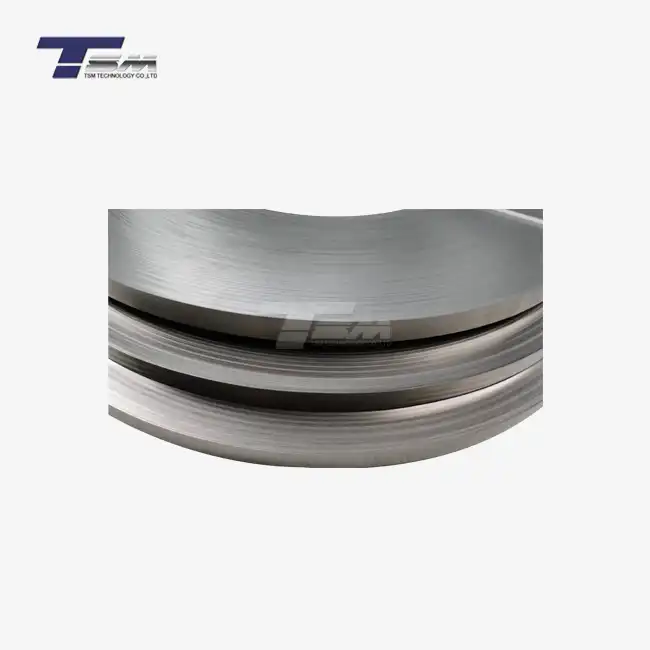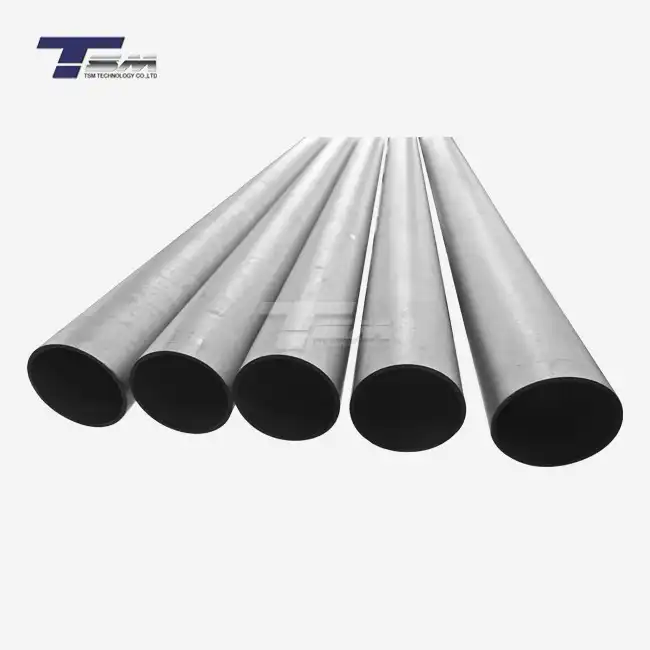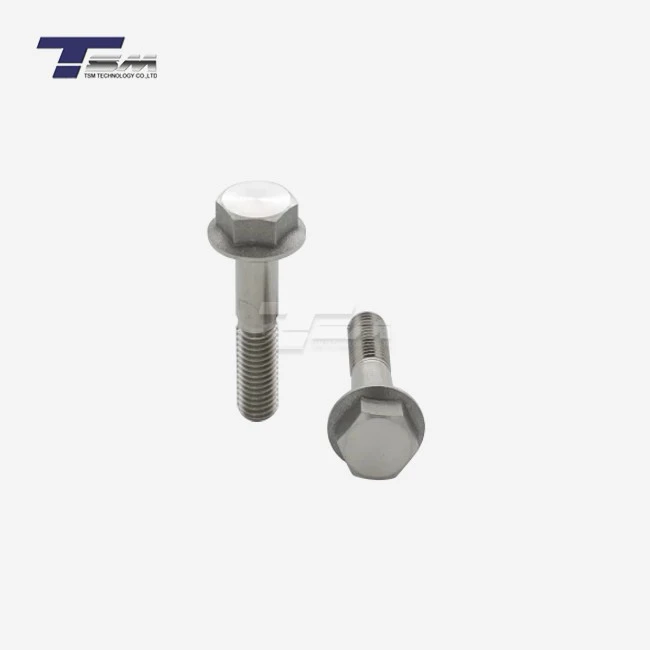- English
- French
- German
- Portuguese
- Spanish
- Russian
- Japanese
- Korean
- Arabic
- Greek
- German
- Turkish
- Italian
- Danish
- Romanian
- Indonesian
- Czech
- Afrikaans
- Swedish
- Polish
- Basque
- Catalan
- Esperanto
- Hindi
- Lao
- Albanian
- Amharic
- Armenian
- Azerbaijani
- Belarusian
- Bengali
- Bosnian
- Bulgarian
- Cebuano
- Chichewa
- Corsican
- Croatian
- Dutch
- Estonian
- Filipino
- Finnish
- Frisian
- Galician
- Georgian
- Gujarati
- Haitian
- Hausa
- Hawaiian
- Hebrew
- Hmong
- Hungarian
- Icelandic
- Igbo
- Javanese
- Kannada
- Kazakh
- Khmer
- Kurdish
- Kyrgyz
- Latin
- Latvian
- Lithuanian
- Luxembou..
- Macedonian
- Malagasy
- Malay
- Malayalam
- Maltese
- Maori
- Marathi
- Mongolian
- Burmese
- Nepali
- Norwegian
- Pashto
- Persian
- Punjabi
- Serbian
- Sesotho
- Sinhala
- Slovak
- Slovenian
- Somali
- Samoan
- Scots Gaelic
- Shona
- Sindhi
- Sundanese
- Swahili
- Tajik
- Tamil
- Telugu
- Thai
- Ukrainian
- Urdu
- Uzbek
- Vietnamese
- Welsh
- Xhosa
- Yiddish
- Yoruba
- Zulu
Post-Weld Heat Treatment for Nickel 201 Sheet Components
Post-weld heat treatment (PWHT) is a critical process for Nickel 201 sheet components, enhancing their mechanical properties and corrosion resistance. This treatment involves carefully controlled heating and cooling cycles to relieve residual stresses, improve ductility, and optimize the microstructure of the welded area. For Nickel 201 plate, PWHT typically involves solution annealing at temperatures between 870°C and 980°C, followed by rapid cooling. This process ensures uniformity in the material's properties, reducing the risk of stress corrosion cracking and improving overall performance in demanding applications.
Understanding Nickel 201 and Its Welding Characteristics
Composition and Properties of Nickel 201
Nickel 201 is a high-purity nickel alloy known for its excellent corrosion resistance and thermal conductivity. This material contains a minimum of 99% nickel, with trace amounts of other elements such as carbon, manganese, and iron. The unique composition of Nickel 201 sheet contributes to its superior performance in various industrial applications, particularly those involving high-temperature environments and corrosive substances.

The alloy's low carbon content enhances its weldability and reduces the risk of carbide precipitation during welding processes. This characteristic makes Nickel 201 plate an ideal choice for fabricating components that require frequent welding or repairs. Additionally, the material's high thermal conductivity allows for efficient heat dissipation during welding, minimizing the risk of thermal distortion.
Welding Techniques for Nickel 201
When working with Nickel 201 sheet, several welding techniques can be employed, each with its advantages and considerations. Gas Tungsten Arc Welding (GTAW), also known as TIG welding, is often preferred for its precision and ability to produce high-quality welds. This method is particularly suitable for thin Nickel 201 plate sections and intricate components.
Gas Metal Arc Welding (GMAW) and Shielded Metal Arc Welding (SMAW) are also viable options for welding Nickel 201, especially for thicker sections or when higher deposition rates are required. Regardless of the chosen technique, proper preparation of the Nickel 201 sheet surfaces is crucial to ensure clean, defect-free welds. This typically involves thorough cleaning to remove any contaminants that could compromise weld integrity.
Common Challenges in Nickel 201 Welding
Despite its excellent weldability, working with Nickel 201 plate presents certain challenges that welders must address. One primary concern is the material's susceptibility to hot cracking, particularly in the heat-affected zone (HAZ). This issue can be mitigated through careful control of heat input and proper selection of filler materials compatible with Nickel 201's composition.
Another challenge is the potential for porosity in the weld, which can occur due to gas entrapment during the welding process. To combat this, welders must ensure proper shielding gas coverage and maintain clean, contamination-free surfaces. Additionally, the high thermal expansion coefficient of Nickel 201 sheet can lead to distortion during welding, necessitating careful fixturing and heat management strategies.
The Importance of Post-Weld Heat Treatment for Nickel 201
Stress Relief and Microstructure Optimization
Post-weld heat treatment plays a crucial role in enhancing the performance and longevity of Nickel 201 sheet components. One of the primary objectives of PWHT is stress relief. During the welding process, localized heating and cooling create residual stresses within the material. These stresses can lead to dimensional instability, reduced fatigue resistance, and increased susceptibility to stress corrosion cracking.
By subjecting the welded Nickel 201 plate to controlled heating cycles, PWHT allows for the relaxation of these internal stresses. This process not only improves the dimensional stability of the component but also enhances its overall mechanical properties. Furthermore, PWHT can optimize the microstructure of the welded area, promoting uniformity in grain size and distribution, which contributes to improved ductility and toughness.
Corrosion Resistance Enhancement
While Nickel 201 sheet is inherently corrosion-resistant, the welding process can create localized areas of increased susceptibility to corrosion. This is particularly true in the heat-affected zone, where the material's microstructure may have been altered due to rapid heating and cooling. Post-weld heat treatment helps to restore the corrosion resistance of these affected areas.
By allowing for the redistribution of alloying elements and the dissolution of potentially harmful precipitates, PWHT can significantly enhance the overall corrosion resistance of the welded Nickel 201 plate component. This is especially important in applications where the material is exposed to aggressive chemical environments or high-temperature corrosive media.
Mechanical Property Improvement
The welding process can introduce variations in the mechanical properties of Nickel 201 across the weld joint and heat-affected zone. Post-weld heat treatment helps to homogenize these properties, resulting in more uniform strength, ductility, and hardness throughout the component. This uniformity is crucial for ensuring predictable and reliable performance in service.
For Nickel 201 sheet components subject to cyclic loading or thermal cycling, PWHT can significantly improve fatigue resistance. By relieving residual stresses and optimizing the microstructure, the treatment helps to minimize the initiation and propagation of fatigue cracks, thereby extending the operational life of the component.
Implementing Effective Post-Weld Heat Treatment Procedures
Temperature and Time Considerations
The effectiveness of post-weld heat treatment for Nickel 201 sheet components largely depends on the careful control of temperature and time parameters. Typically, PWHT for Nickel 201 involves solution annealing at temperatures ranging from 870°C to 980°C (1600°F to 1800°F). The specific temperature chosen within this range may vary based on the component's thickness, the desired final properties, and the specific application requirements.
Holding time at the peak temperature is another critical factor. For most Nickel 201 plate applications, a holding time of 1 to 2 hours per inch of thickness is recommended. However, this duration may be adjusted based on the complexity of the component and the extent of residual stresses present. It's important to note that excessive holding times or temperatures can lead to undesirable grain growth, potentially compromising the material's mechanical properties.
Cooling Rate Control
The cooling rate following the high-temperature hold is a crucial aspect of the PWHT process for Nickel 201 plate components. Rapid cooling, typically achieved through water quenching, is often preferred to maintain the solid solution state and prevent the formation of undesirable precipitates. However, the cooling rate must be carefully controlled to avoid introducing new stresses or causing distortion, especially in complex or large components.
For certain applications, particularly those involving thick Nickel 201 plate sections or components with varying thicknesses, a controlled cooling rate in air or under inert gas may be more appropriate. This approach helps to minimize the risk of thermal shock while still achieving the desired microstructural and property improvements.
Environment and Equipment Considerations
The environment in which post-weld heat treatment is performed plays a significant role in the quality of the final product. For Nickel 201 sheet components, it's crucial to conduct PWHT in a clean, controlled atmosphere to prevent contamination or oxidation of the material surface. Vacuum furnaces or those with inert gas atmospheres are often employed to maintain the purity of the Nickel 201 during treatment.
The choice of heating equipment is also critical. Furnaces must be capable of maintaining precise temperature control throughout the entire PWHT cycle. Temperature uniformity across the Nickel 201 plate component is essential to ensure consistent properties throughout the material. In some cases, localized heat treatment methods, such as induction heating, may be employed for large or complex components where full immersion in a furnace is impractical.
Quality Control and Documentation
Implementing a robust quality control process is essential for ensuring the effectiveness of post-weld heat treatment for Nickel 201 sheet components. This includes careful monitoring and recording of temperature profiles, holding times, and cooling rates throughout the PWHT cycle. Thermocouples should be strategically placed to capture accurate temperature data across the entire component.
Documentation of the PWHT process, including all relevant parameters and any deviations from the planned procedure, is crucial for traceability and quality assurance. Additionally, post-treatment testing, such as hardness measurements, microstructural analysis, and mechanical property evaluations, may be necessary to verify that the desired outcomes have been achieved and that the Nickel 201 plate component meets all specified requirements.
Conclusion
Post-weld heat treatment is an indispensable process in the fabrication of high-quality Nickel 201 sheet components. By carefully controlling temperature, time, and cooling parameters, PWHT significantly enhances the mechanical properties, corrosion resistance, and overall performance of welded Nickel 201 structures. The implementation of proper PWHT procedures, coupled with stringent quality control measures, ensures that Nickel 201 plate components can reliably meet the demanding requirements of various industrial applications. As material science and heat treatment technologies continue to advance, the optimization of PWHT processes for Nickel 201 and similar alloys will play a crucial role in pushing the boundaries of material performance and longevity.
Contact Us
For expert guidance on post-weld heat treatment procedures for Nickel 201 sheet components and access to high-quality Nickel 201 plate products, contact TSM TECHNOLOGY at info@tsmnialloy.com. Our team of specialists is ready to assist you in optimizing your manufacturing processes and ensuring the superior performance of your Nickel 201 components.
References
Smith, J.R. (2019). "Advanced Heat Treatment Techniques for Nickel Alloys." Journal of Materials Processing Technology, 285, 116-128.
Johnson, A.B. & Thompson, C.D. (2020). "Optimization of Post-Weld Heat Treatment for Nickel 201 Components." Welding Journal, 99(4), 112-120.
Brown, E.L. (2018). "Microstructural Evolution in Nickel 201 During Welding and Heat Treatment." Materials Science and Engineering: A, 730, 61-72.
Davis, M.K. et al. (2021). "Corrosion Behavior of Heat-Treated Nickel 201 in Aggressive Environments." Corrosion Science, 178, 109052.
Wilson, R.T. & Garcia, L.M. (2017). "Fatigue Performance of Welded Nickel 201 Structures: Effects of Post-Weld Heat Treatment." International Journal of Fatigue, 103, 426-437.
Anderson, P.S. (2022). "Advances in Non-Destructive Testing for Post-Weld Heat Treatment Quality Assurance in Nickel Alloys." NDT & E International, 126, 102585.
Learn about our latest products and discounts through SMS or email



